Home>Furniture & Design>Bathroom Accessories>What Plant Is A Loofah
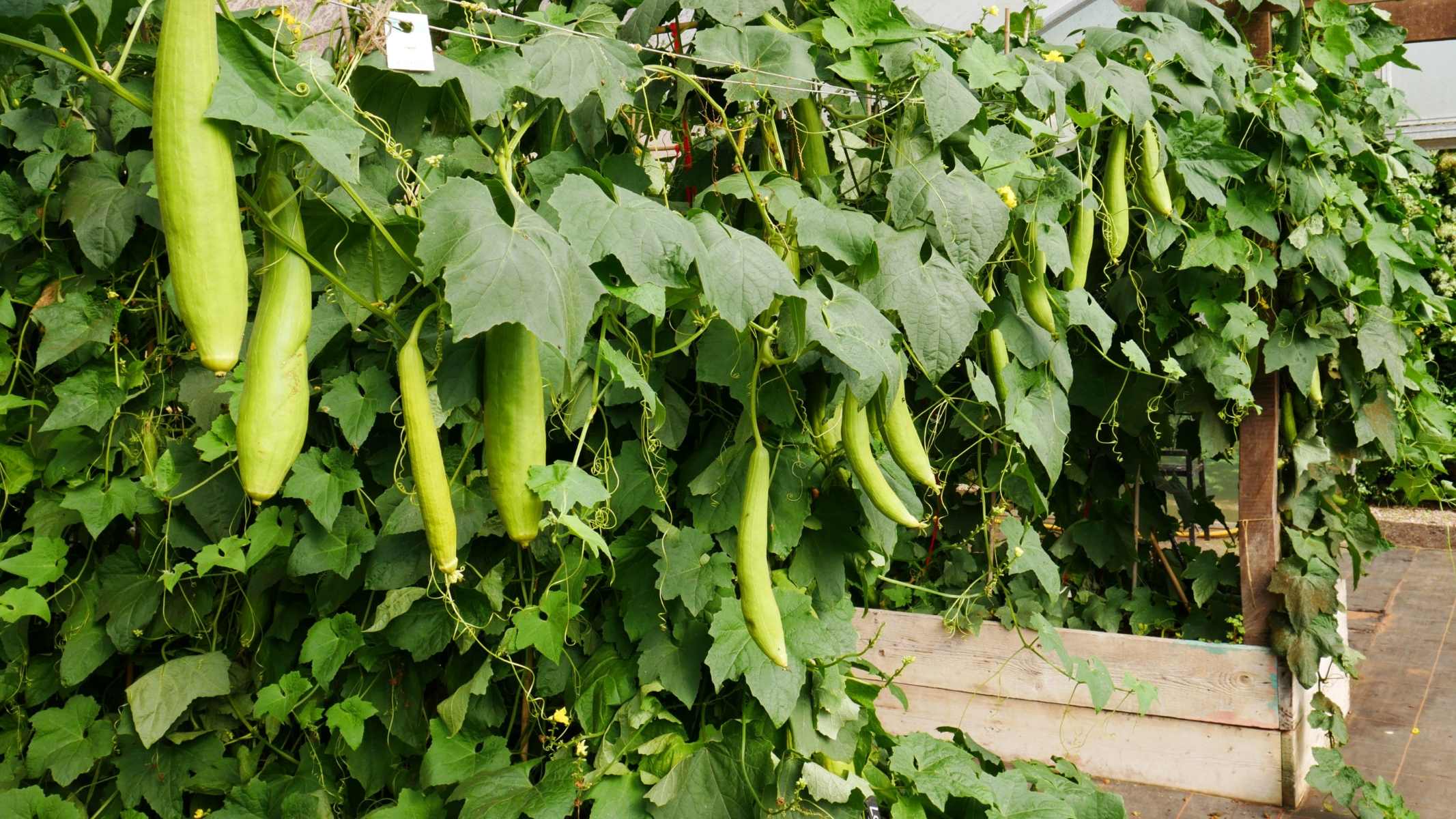

Bathroom Accessories
What Plant Is A Loofah
Modified: October 19, 2024
Discover the benefits of using a loofah as a bathroom accessory. Learn about its natural origins and how it can enhance your skincare routine. Explore the versatility of loofahs for exfoliation and cleansing.
(Many of the links in this article redirect to a specific reviewed product. Your purchase of these products through affiliate links helps to generate commission for Storables.com, at no extra cost. Learn more)
Introduction
Loofahs are a fascinating and versatile addition to any bathroom, offering both practical and aesthetic benefits. These natural sponges have been used for centuries to exfoliate and cleanse the skin, making them a popular choice for individuals seeking an eco-friendly and sustainable alternative to synthetic bath accessories. In this article, we will delve into the world of loofahs, exploring their origins, the plants that produce them, and how to grow and harvest these unique bathroom essentials.
The allure of loofahs lies in their organic composition and the environmentally friendly nature of their production. As consumers become increasingly conscious of the impact of their purchasing decisions on the planet, the demand for natural and biodegradable products has surged. This has propelled loofahs into the spotlight as a sought-after item for eco-conscious individuals looking to reduce their carbon footprint without compromising on quality.
Moreover, the aesthetic appeal of loofahs cannot be overlooked. Their natural, fibrous texture adds a touch of rustic charm to any bathroom, elevating the overall ambiance and providing a visually appealing accent to the space. Whether used for personal skincare routines or as decorative elements, loofahs bring a touch of nature indoors, creating a sense of tranquility and connection to the environment.
In the following sections, we will explore the intricacies of loofah plants, including the different types that produce these sponges, the process of growing them, and the methods for harvesting and utilizing the fruits of these unique plants. By gaining a deeper understanding of loofahs and their origins, readers will be equipped with the knowledge to incorporate these natural wonders into their daily lives, fostering a greater appreciation for the beauty and functionality of these remarkable bathroom accessories.
Key Takeaways:
- Loofahs are natural sponges from specific plants, offering eco-friendly skincare and cleaning. Their sustainable production and versatile uses make them a charming addition to any bathroom.
- Growing and harvesting loofah plants can be a rewarding journey, providing sustainable sponges for skincare, cleaning, and crafting. Embracing loofahs reflects a commitment to eco-friendly living and a deeper connection to nature.
Read more: How To Plant Loofah Seeds
What is a Loofah?
A loofah, also known as a luffa or sponge gourd, is a natural exfoliating sponge derived from the fibrous skeleton of the mature fruit of certain plant species belonging to the Cucurbitaceae family. These plants, native to regions with warm climates such as Asia and Africa, produce elongated fruits that, when dried, transform into the familiar porous sponges commonly used in bathing and skincare routines.
The unique texture and composition of loofahs make them ideal for gently removing dead skin cells and impurities, promoting healthy and radiant skin. Unlike synthetic sponges, loofahs offer a natural and biodegradable alternative, aligning with the growing preference for sustainable and eco-friendly products. Their porous structure allows for effective lathering of soaps and body washes, enhancing the cleansing experience while providing gentle exfoliation.
Loofahs come in various shapes and sizes, with some species producing longer, cylindrical fruits, while others yield smaller, rounder varieties. The versatility of loofahs extends beyond skincare, as they can also be used for household cleaning tasks, such as scrubbing dishes and surfaces. This multi-functional aspect further contributes to their appeal as a practical and sustainable accessory for everyday use.
In addition to their utility, loofahs possess a natural aesthetic charm, with their earthy tones and fibrous texture adding a touch of organic elegance to bathroom spaces. Whether hung for drying or displayed as part of a decorative arrangement, loofahs bring a rustic and inviting element to the ambiance, infusing the surroundings with a sense of natural beauty.
Overall, loofahs represent a harmonious blend of functionality, sustainability, and visual appeal, making them a beloved addition to skincare and bathing rituals. Understanding the origins and characteristics of loofahs provides insight into their value as natural, eco-conscious accessories, inviting individuals to embrace the beauty and benefits of these remarkable sponges.
Types of Plants that Produce Loofahs
Loofahs are derived from the fruits of specific plant species within the Cucurbitaceae family, renowned for their ability to produce the fibrous skeletons that transform into the beloved natural sponges. The two primary types of plants that yield loofahs are the Luffa aegyptiaca and Luffa acutangula, each offering distinct characteristics and applications.
Luffa aegyptiaca
Also known as the Egyptian loofah or angled luffa, Luffa aegyptiaca is recognized for its elongated and cylindrical fruits, which can reach impressive lengths of up to 30 inches. These sizable fruits develop a coarse and durable fibrous network within their mature state, making them well-suited for exfoliation and cleaning purposes. The Luffa aegyptiaca plant thrives in warm climates and requires ample sunlight and well-drained soil to flourish, making it a staple in regions with tropical and subtropical conditions.
Luffa acutangula
In contrast, Luffa acutangula, commonly referred to as the ridged luffa or angled gourd, produces fruits with a shorter and more curved profile compared to its Egyptian counterpart. The fruits of Luffa acutangula exhibit a finer and softer fibrous structure, ideal for gentle exfoliation and skincare applications. This plant species shares similar cultivation requirements with Luffa aegyptiaca, thriving in warm climates and benefiting from consistent moisture and fertile soil to support healthy growth.
Both Luffa aegyptiaca and Luffa acutangula offer unique attributes that cater to diverse preferences and needs. While the Egyptian loofah excels in providing robust exfoliation and scrubbing capabilities, the ridged luffa offers a softer and more delicate touch, making it suitable for individuals with sensitive skin or those seeking a milder exfoliating experience.
Understanding the distinctions between these plant varieties empowers consumers to make informed choices based on their skincare preferences and desired exfoliation intensity. Whether seeking a vigorous scrubbing effect or a gentler approach to skin renewal, the availability of different loofah plant types ensures that individuals can select the ideal sponge that aligns with their specific skincare and bathing requirements.
Read more: When To Plant Loofah In Texas
How to Grow Loofah Plants
Growing loofah plants can be a rewarding and enriching experience, allowing individuals to cultivate their own sustainable source of natural sponges while contributing to a greener and more eco-friendly lifestyle. To embark on the journey of nurturing loofah plants, it is essential to understand the key steps and considerations involved in their cultivation.
Selecting the Ideal Growing Environment
Loofah plants thrive in warm climates with ample sunlight, making them well-suited for cultivation in regions characterized by tropical or subtropical conditions. When selecting a location for planting, it is crucial to choose a spot that receives full sunlight and offers well-drained soil. Additionally, providing a sturdy trellis or support structure is essential, as loofah plants are vigorous climbers and require adequate space to spread and flourish.
Planting Loofah Seeds
To initiate the growth of loofah plants, it is recommended to start with high-quality seeds obtained from reputable sources. Planting loofah seeds directly into the ground or in large containers can be done once the risk of frost has passed, typically during the spring months. The seeds should be sown at a depth of approximately one inch, with spacing of at least 12 inches between each seed to allow for optimal growth and vine development.
Watering and Maintenance
Consistent watering is crucial during the initial stages of loofah plant growth, ensuring that the soil remains moist but not waterlogged. As the plants mature, it is important to maintain a regular watering schedule, especially during dry periods, to support healthy vine expansion and fruit development. Additionally, providing a balanced fertilizer at the onset of flowering can bolster the plants' vitality and enhance fruit production.
Read more: What Is A Loofah
Managing Vine Growth
Loofah plants are characterized by their vigorous climbing nature, necessitating proper management of vine growth to prevent overcrowding and promote air circulation. Training the vines along the trellis and periodically pruning excessive foliage can help maintain a well-structured and productive plant canopy, facilitating the development of robust and healthy loofah fruits.
Harvesting Loofahs
As the loofah fruits reach maturity, they transition from a vibrant green hue to a yellowish color and develop a firm texture. Harvesting should be conducted once the fruits have fully ripened on the vine, typically around 150 to 200 days after planting. Carefully cutting the mature fruits from the vine and allowing them to dry in a warm, well-ventilated area is essential to prepare them for the subsequent process of transforming into natural sponges.
By following these guidelines and embracing the art of cultivating loofah plants, individuals can embark on a fulfilling journey of sustainable living, harnessing the beauty and utility of these remarkable natural sponges while nurturing a deeper connection to the environment.
Harvesting and Using Loofahs
Harvesting loofahs marks the culmination of a rewarding journey, as the fruits of diligent cultivation are transformed into versatile and sustainable natural sponges. The process of harvesting and utilizing loofahs encompasses essential steps that unlock their full potential for skincare, household tasks, and decorative applications.
Harvesting Mature Loofah Fruits
The optimal time for harvesting loofahs is when the fruits have reached full maturity on the vine. This stage is characterized by a transition from a vibrant green color to a yellowish hue, accompanied by a firm and sturdy texture. Carefully cutting the mature fruits from the vine using sharp shears or a knife is essential to preserve their integrity and prepare them for the subsequent drying process.
Read more: What Does A Yellow Loofah Mean
Drying and Peeling
After harvesting, the loofah fruits should be rinsed to remove any residual dirt or debris and then left to dry in a warm and well-ventilated area. As the fruits dry, their outer skin will gradually turn brown and become brittle. At this stage, gently peeling off the outer skin reveals the fibrous skeleton within, which forms the natural sponge. This transformative process unveils the porous and absorbent qualities of loofahs, setting the stage for their diverse applications.
Skincare and Exfoliation
One of the primary uses of loofahs is in skincare routines, where they excel in gently exfoliating the skin and promoting circulation. When used in conjunction with soaps or body washes, loofahs create a luxurious lather and effectively remove dead skin cells, leaving the skin smooth and rejuvenated. Their natural exfoliating properties make them a preferred choice for individuals seeking a sustainable and eco-friendly approach to skincare.
Household Cleaning
In addition to skincare, loofahs serve as valuable allies in household cleaning tasks, offering a natural and biodegradable alternative to synthetic sponges. Their porous texture makes them adept at scrubbing dishes, countertops, and various surfaces, providing an eco-conscious solution for maintaining a clean and hygienic home environment. The durability and absorbency of loofahs make them versatile companions in the realm of household chores.
Decorative and Craft Applications
Beyond their practical uses, loofahs hold aesthetic appeal and can be incorporated into decorative arrangements or utilized for crafting projects. Dried loofahs can be repurposed as natural décor elements, adding a touch of organic charm to living spaces. Furthermore, their fibrous structure makes them suitable for crafting activities, such as creating eco-friendly pot scrubbers or incorporating them into artistic endeavors, showcasing the versatility of these natural sponges.
Read more: How To Use A Loofah
Embracing the Beauty of Loofahs
The journey of harvesting and using loofahs encapsulates the essence of sustainable living, offering a seamless fusion of functionality, eco-consciousness, and natural beauty. By integrating loofahs into daily routines, individuals can experience the transformative benefits of these remarkable natural sponges, fostering a deeper connection to the environment and embracing the allure of sustainable living.
Incorporating loofahs into skincare rituals, household maintenance, and creative pursuits not only enhances daily experiences but also reflects a commitment to eco-friendly practices and a reverence for the inherent beauty of nature. The versatility and eco-conscious appeal of loofahs position them as timeless companions in the quest for sustainable living and mindful consumption.
Conclusion
In conclusion, the world of loofahs unveils a captivating tapestry of natural beauty, sustainable utility, and eco-conscious allure. From their origins as the fibrous skeletons of specific plant species to their transformation into versatile natural sponges, loofahs embody the harmonious convergence of functionality and environmental mindfulness. The journey of understanding and embracing loofahs transcends mere skincare and household applications, offering a profound connection to the essence of sustainable living and reverence for the inherent splendor of nature.
The allure of loofahs lies not only in their practicality but also in their ability to evoke a sense of organic elegance within bathroom spaces. Their fibrous texture and earthy tones infuse a touch of rustic charm, creating a serene ambiance that resonates with the tranquility of natural elements. As individuals incorporate loofahs into their daily routines, they embark on a journey of sustainable self-care, embracing the transformative benefits of these remarkable natural sponges.
Furthermore, the cultivation of loofah plants represents a gateway to sustainable living, empowering individuals to nurture their own sources of natural sponges while fostering a deeper connection to the environment. The process of growing, harvesting, and utilizing loofahs embodies a harmonious synergy with nature, encapsulating the ethos of eco-consciousness and mindful consumption.
By integrating loofahs into skincare rituals, household maintenance, and creative pursuits, individuals not only elevate their daily experiences but also manifest a commitment to sustainable living. The multifaceted nature of loofahs, spanning skincare, household cleaning, and decorative applications, underscores their timeless relevance as companions in the quest for eco-friendly practices and mindful living.
In essence, the journey of loofahs transcends the realm of bath accessories, weaving a narrative of sustainability, natural beauty, and reverence for the environment. Embracing the beauty and utility of loofahs signifies a conscious choice to harmonize with nature, fostering a deeper appreciation for the intrinsic elegance of sustainable living. As individuals incorporate loofahs into their lives, they embark on a transformative odyssey, where the simple act of using a natural sponge becomes a testament to the enduring allure of eco-consciousness and the timeless charm of nature's gifts.
Frequently Asked Questions about What Plant Is A Loofah
Was this page helpful?
At Storables.com, we guarantee accurate and reliable information. Our content, validated by Expert Board Contributors, is crafted following stringent Editorial Policies. We're committed to providing you with well-researched, expert-backed insights for all your informational needs.
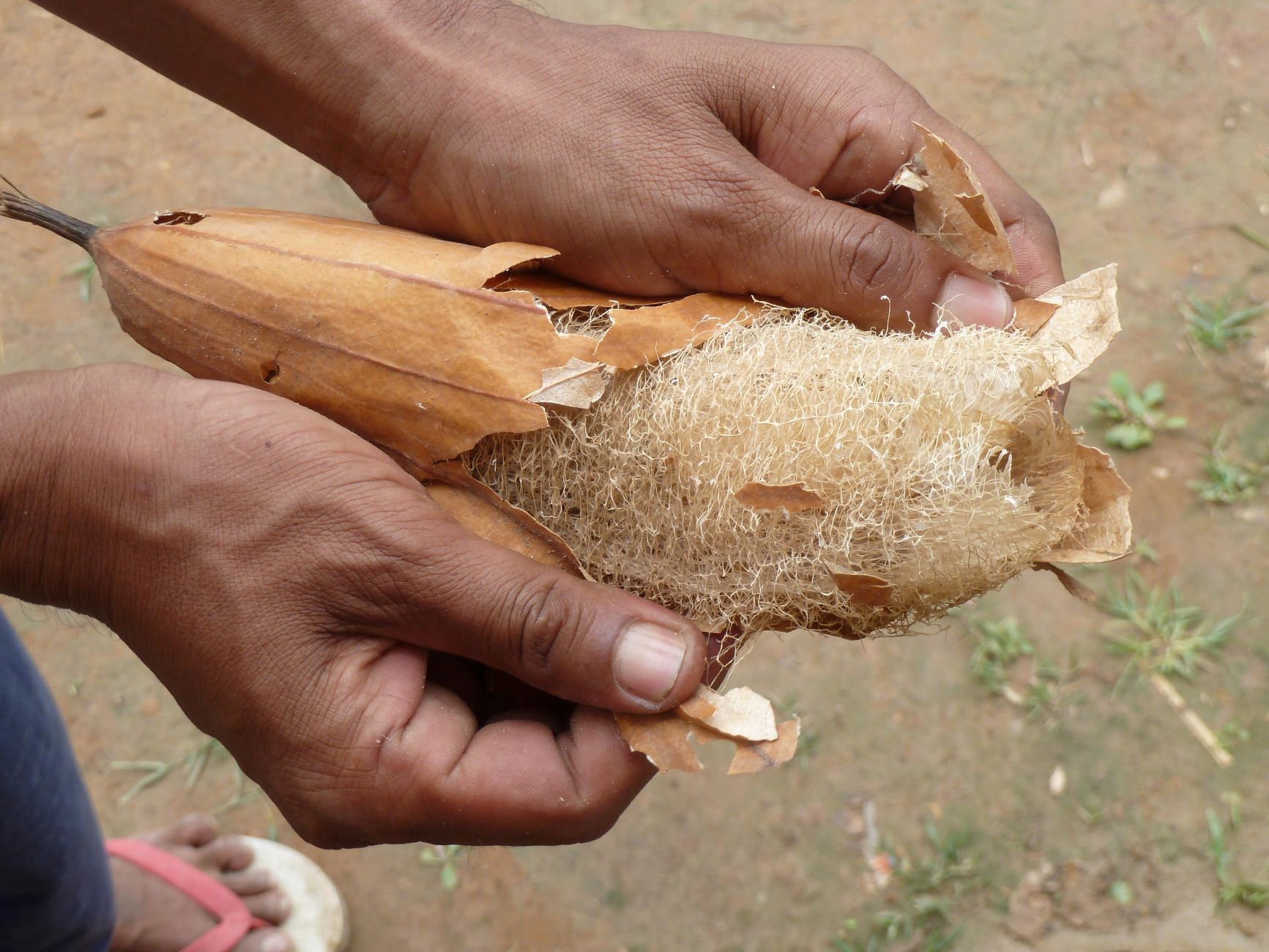
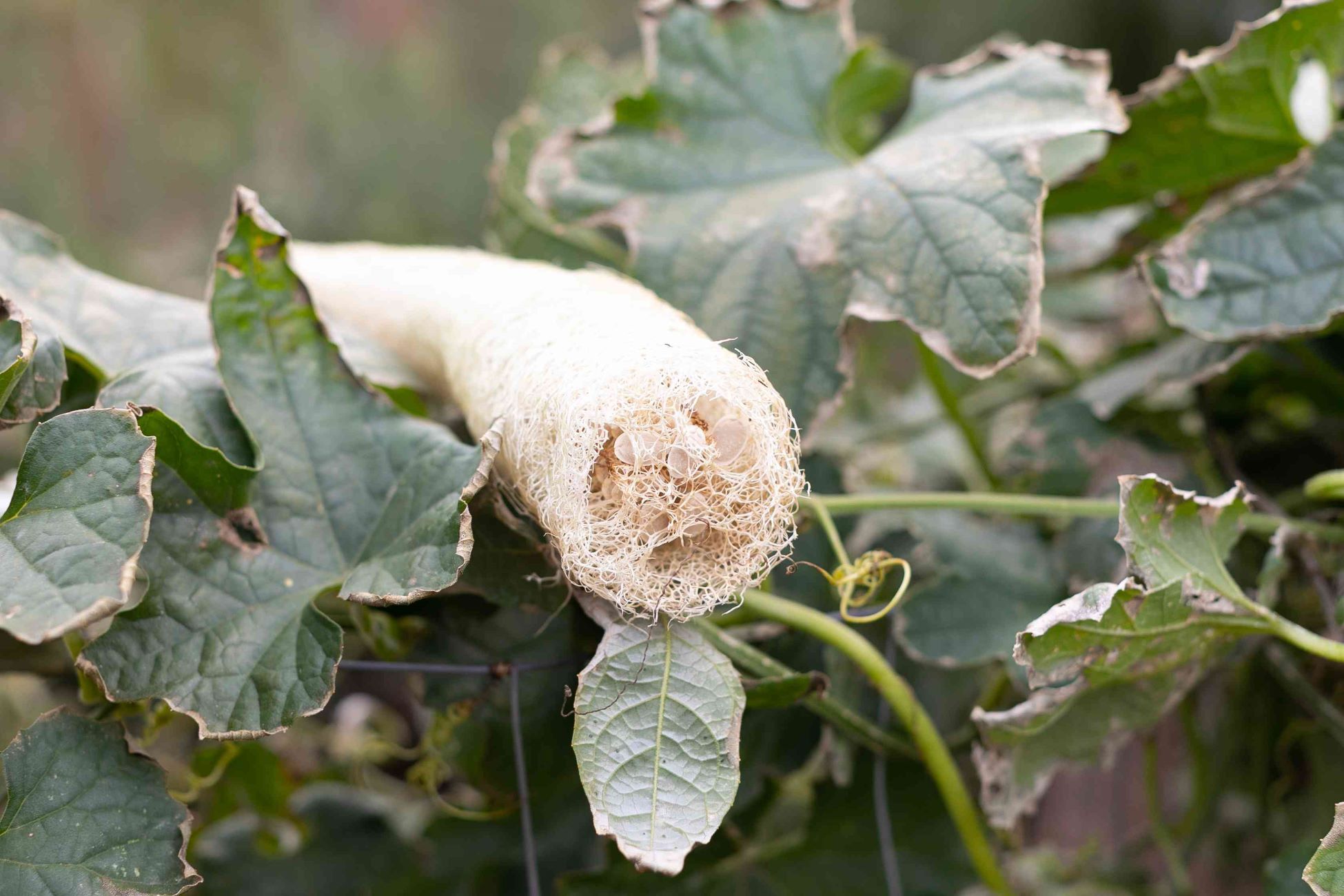
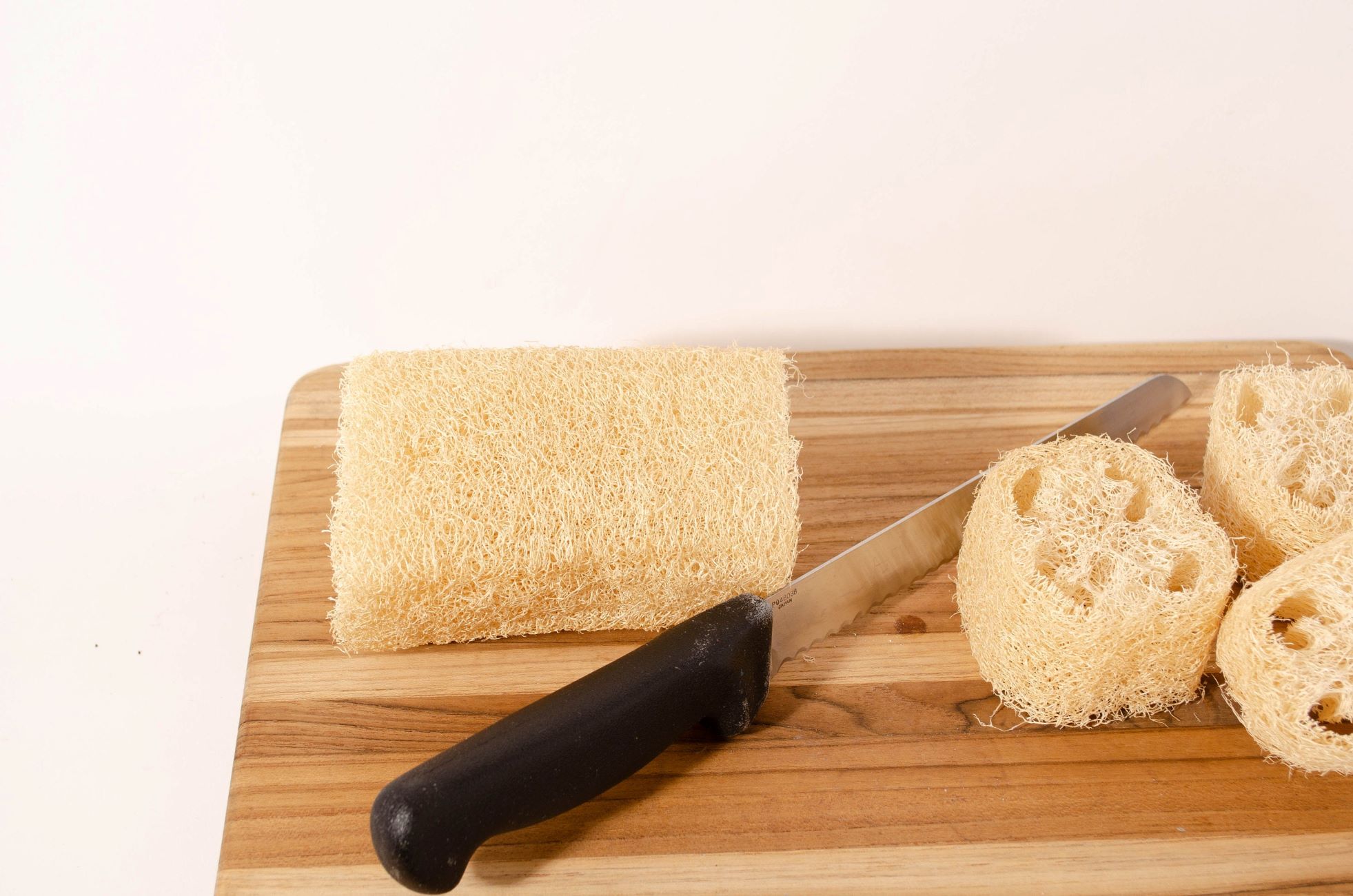
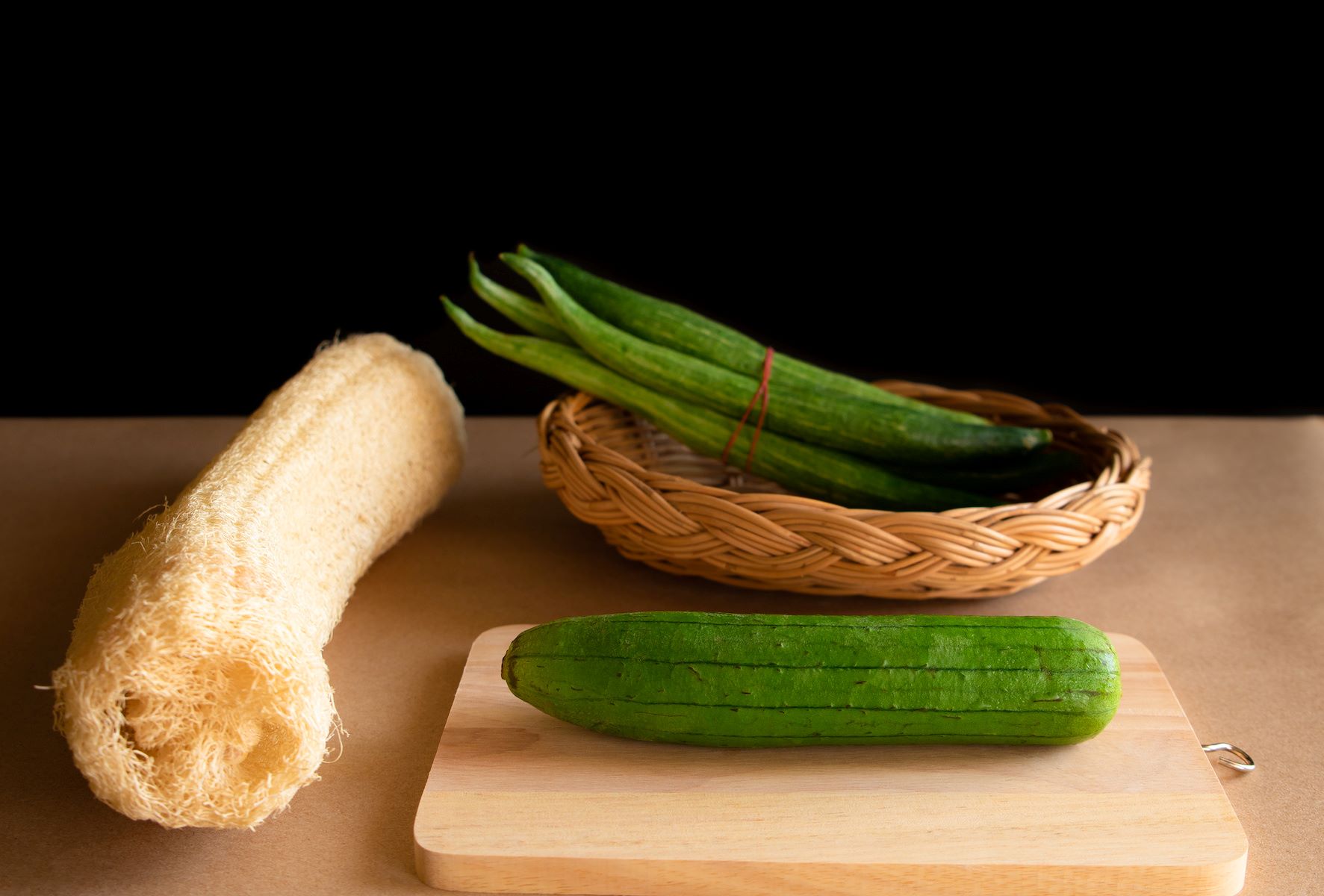
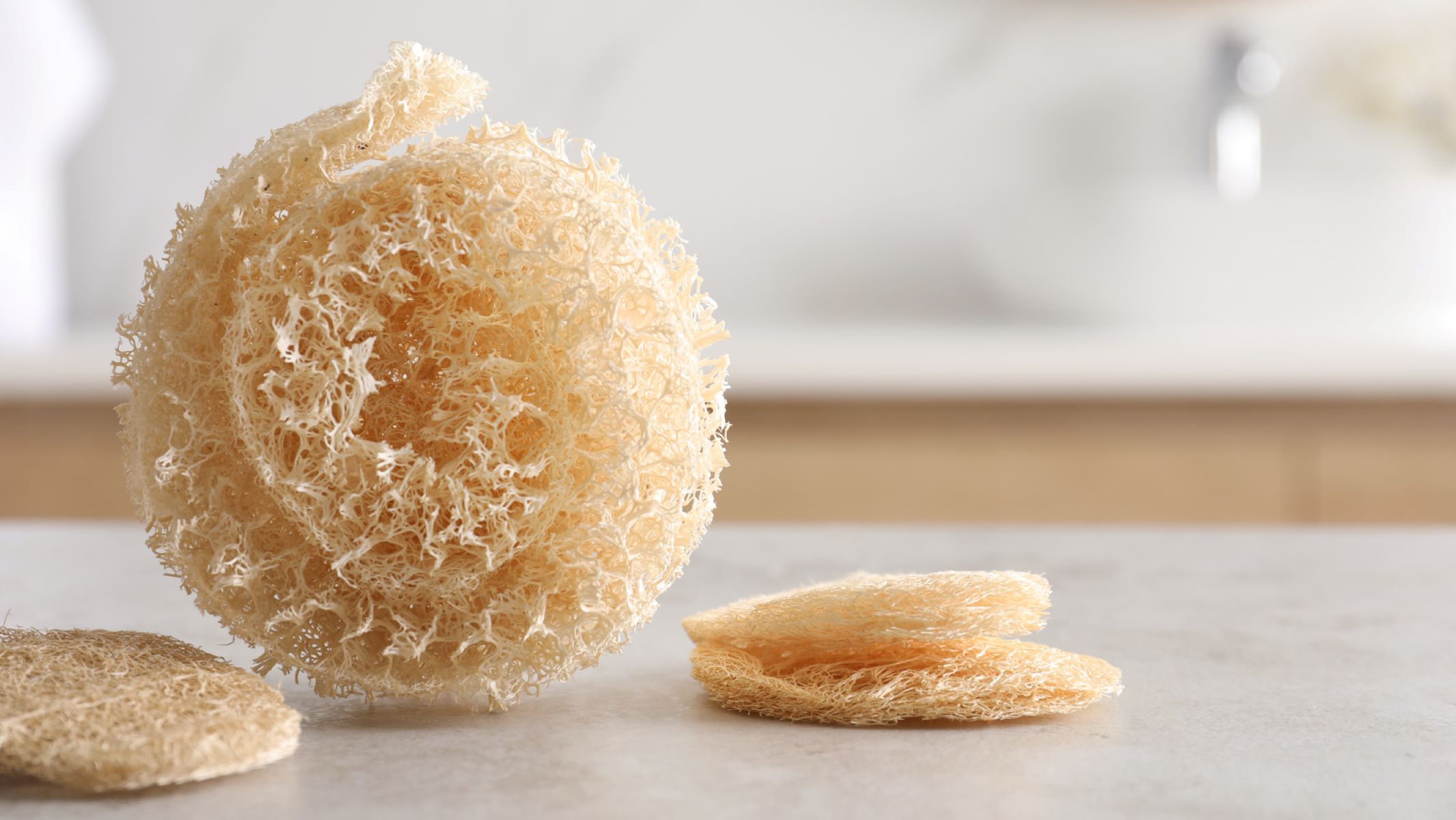
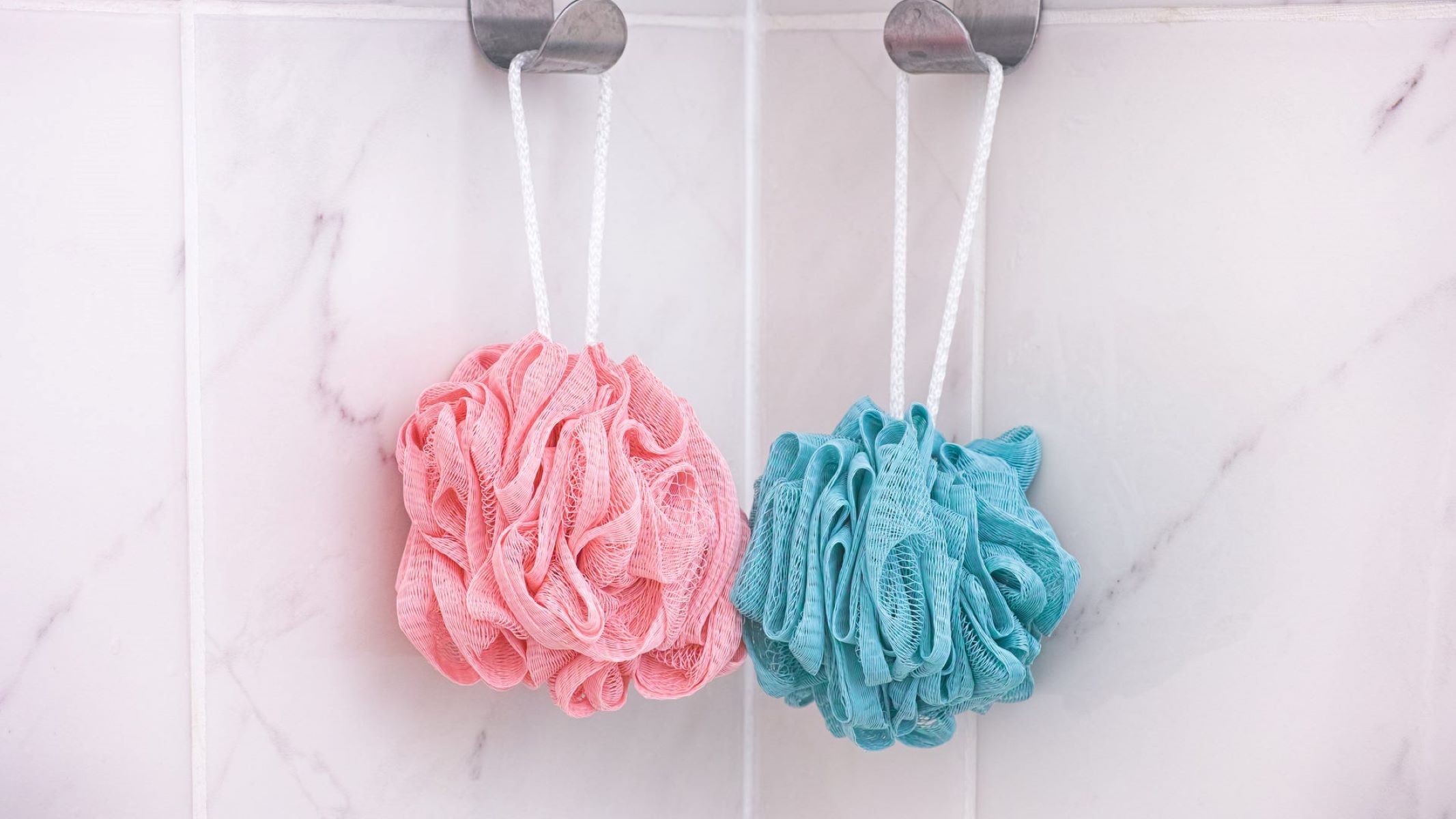
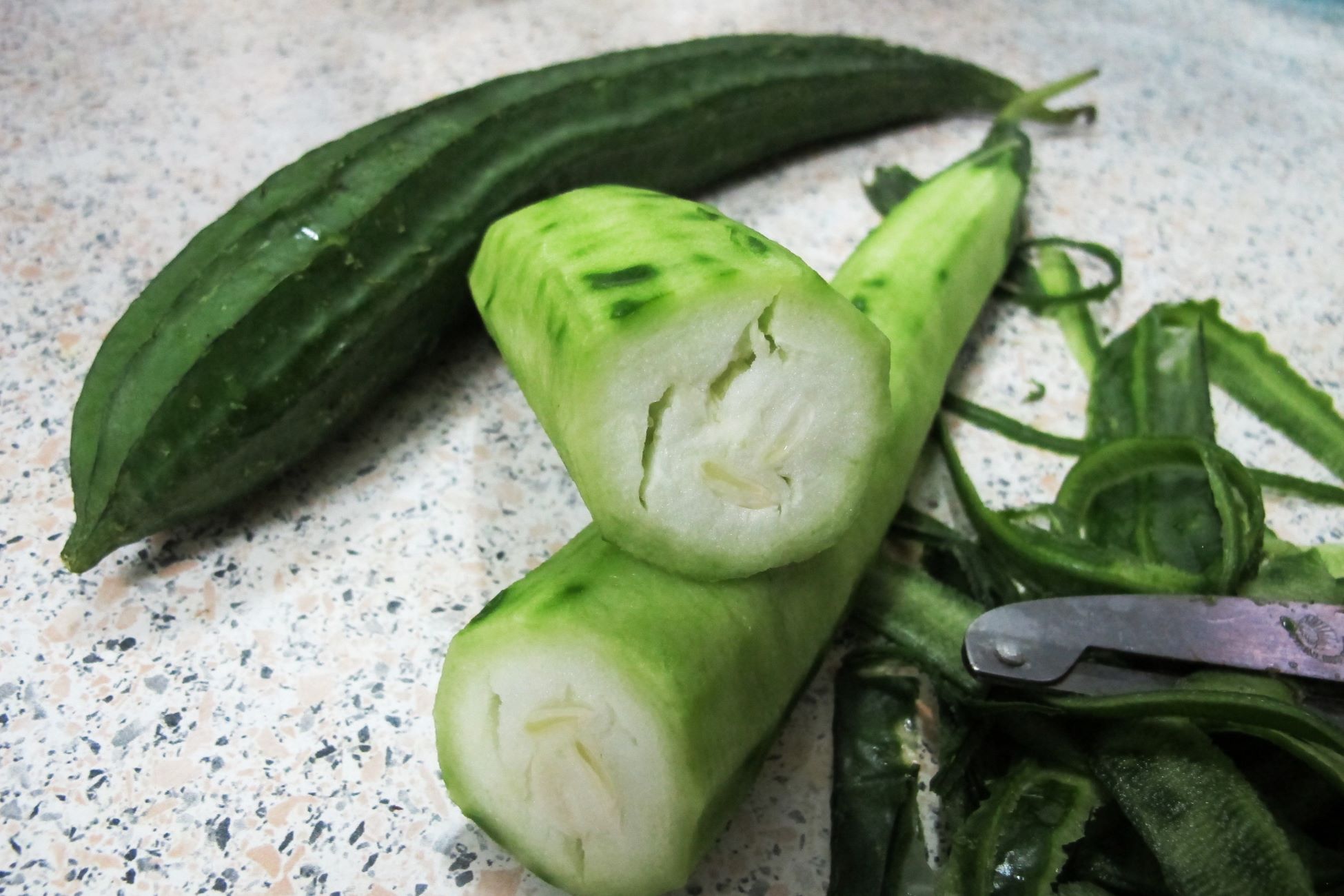
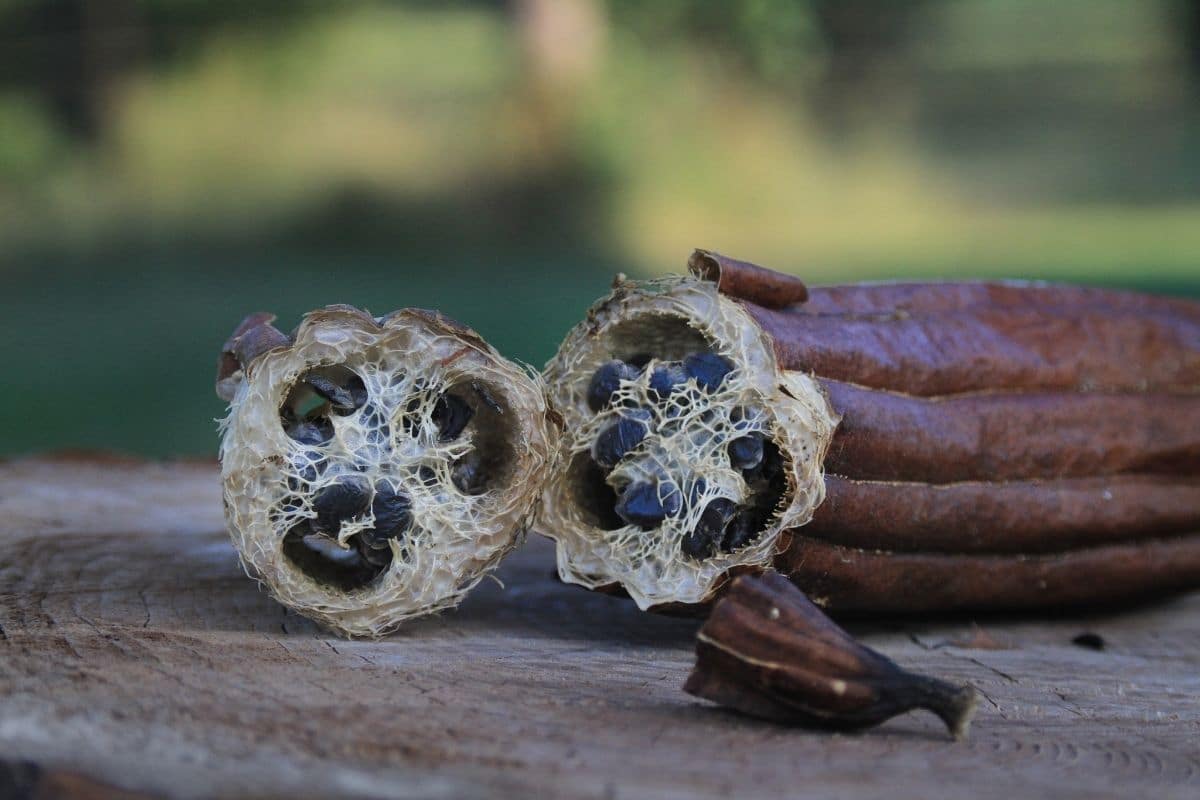
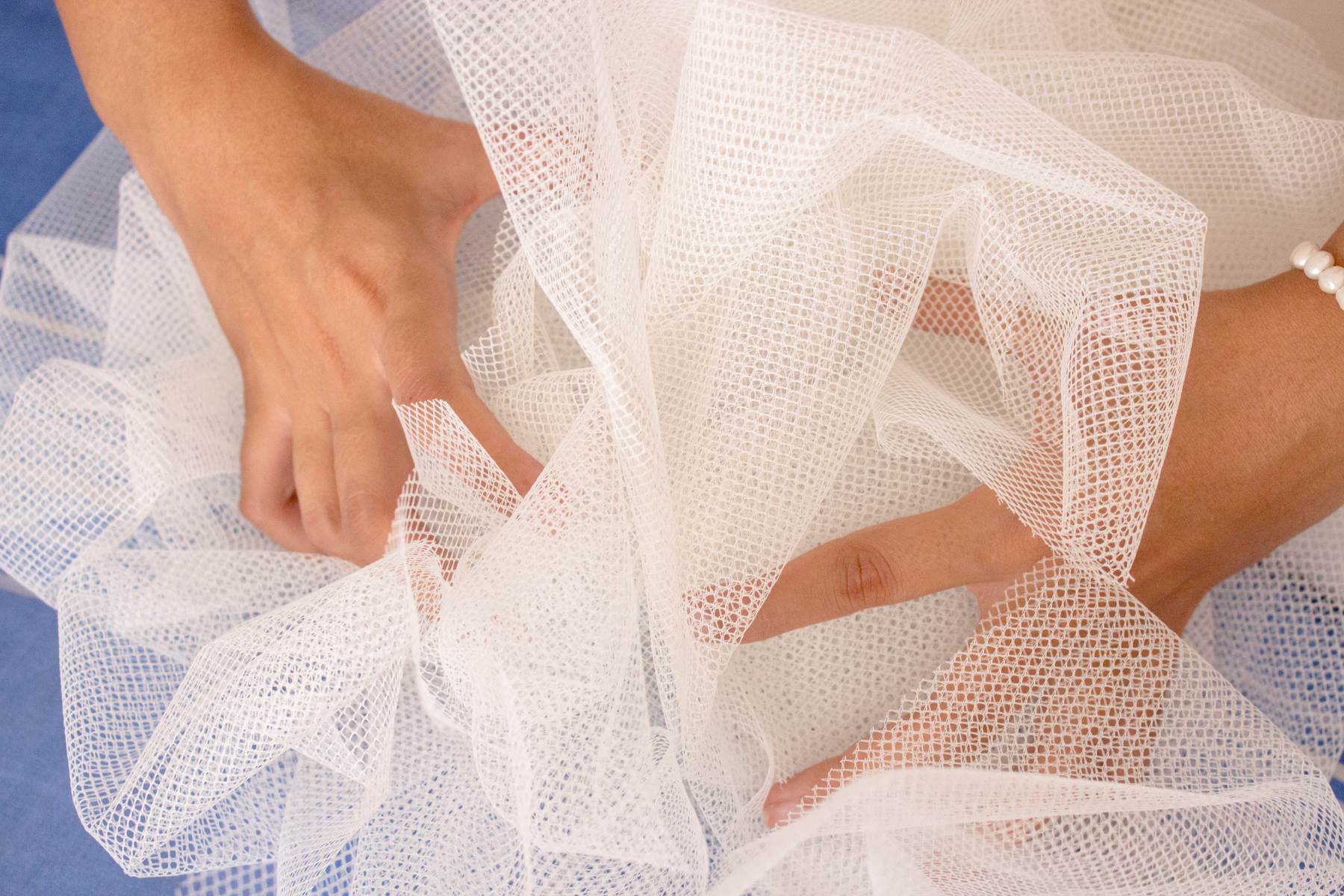
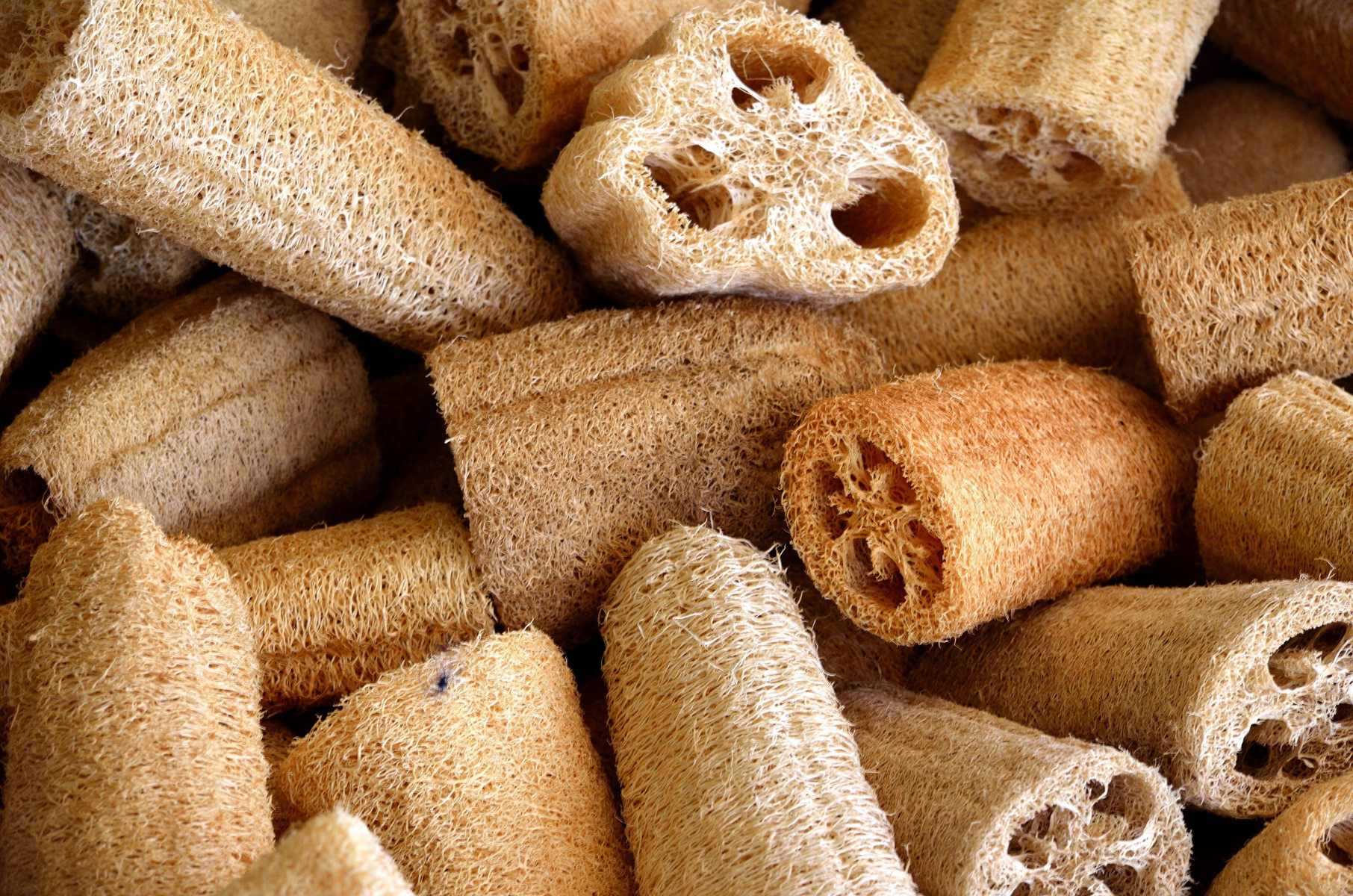
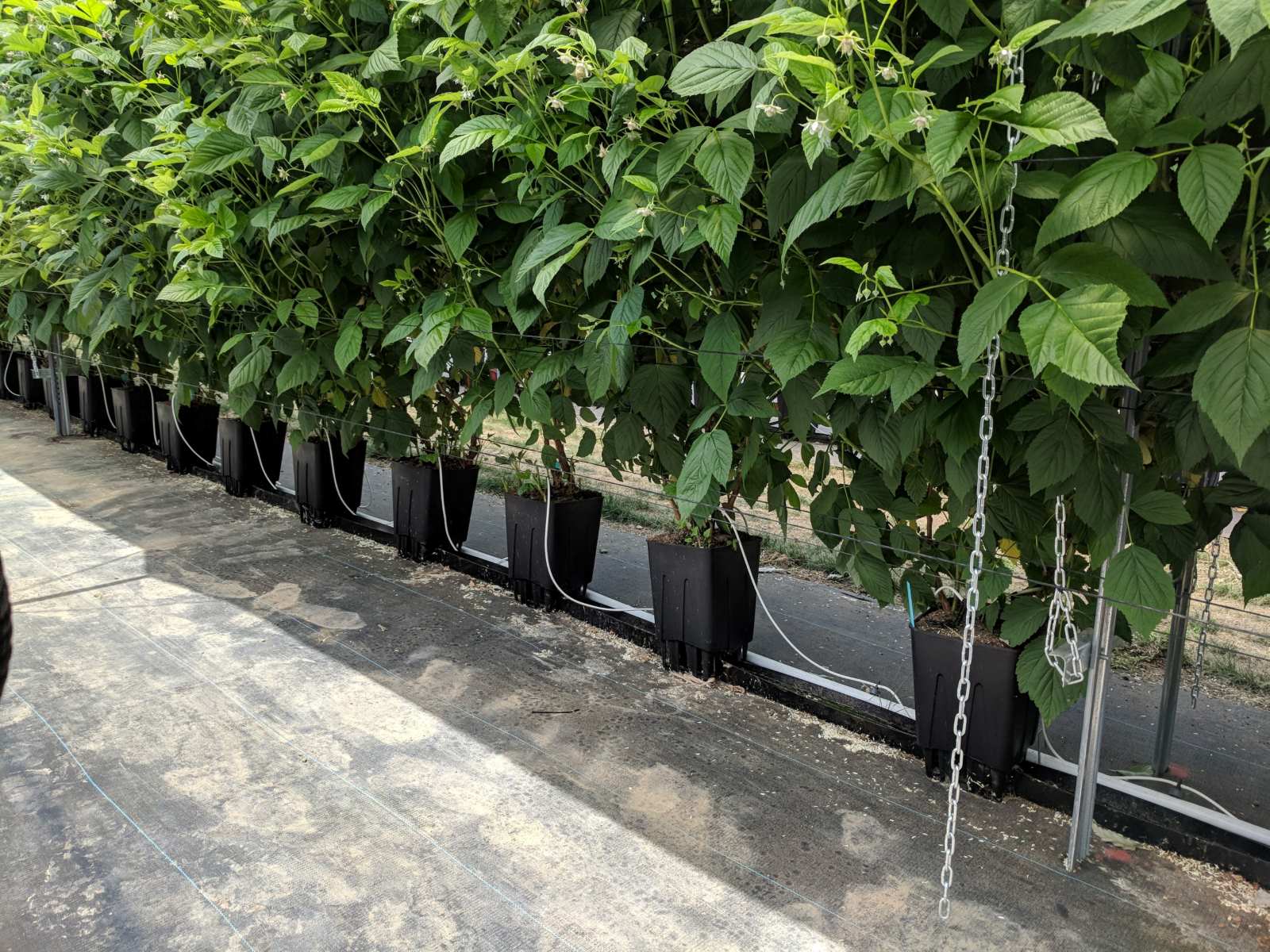

0 thoughts on “What Plant Is A Loofah”